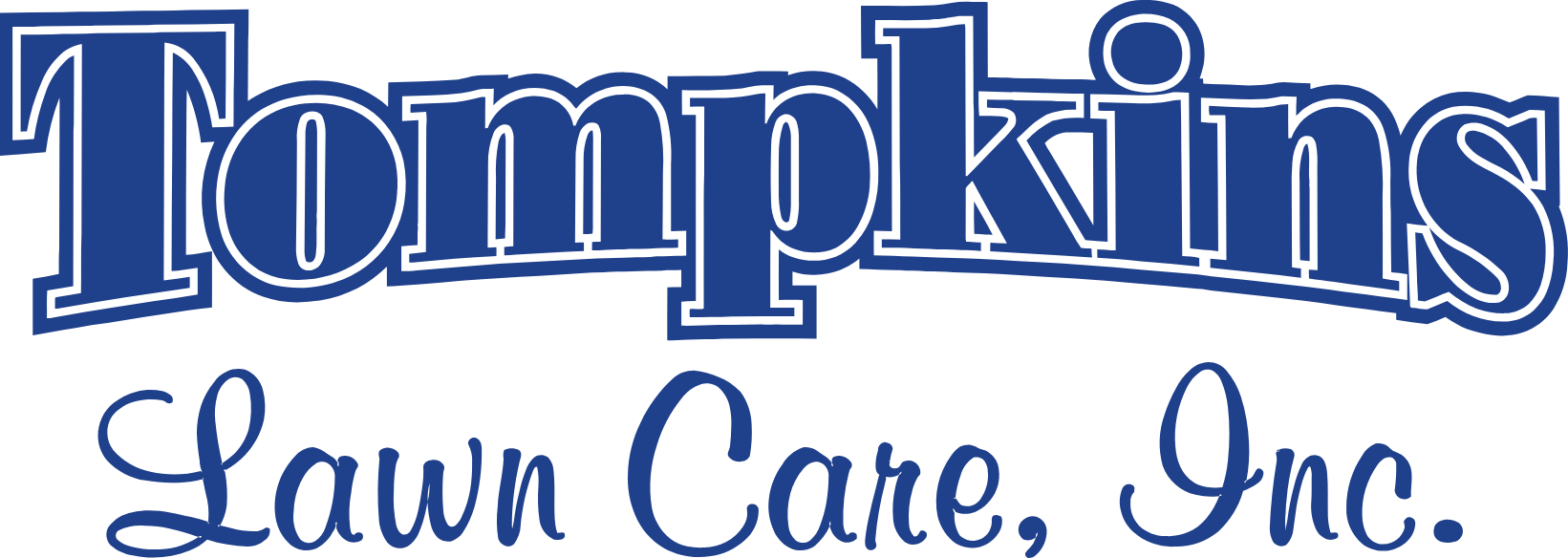1 minute read
Spring Weeds
Authored in the 2024 Spring season following a significant drought in 2023.
Kevin’s thoughts on chemicals for “weed control.”
Lawns are still recovering from last year’s drought damage; some lawns have thinned out and some have dead spots that remain. The cool weather this spring has stalled recovery and thinning turfgrass will see pressure from weeds for the first half of the season. Because of the weed seeds present in all soils, weeds will be ongoing until the turfgrass has fully recovered and filled in. While a dandelion may be easy to identify with its yellow flower, it does not suggest a continuing trend. We will clean things up at the appropriate time but reacting too soon will have us using more chemicals with little “control” over the problem. I have learned, Nature needs time to work things out. If we respect and understand the process, we become more successful (and less frustrated) managers. It pays to be patient.
Weeds will emerge one by one throughout this early spring (rain makes this worse) and I feel that attempts at ongoing mitigation with pesticides are irresponsible when we could otherwise wait for a better time to spray. It is best to wait until we can control more weeds with a single treatment vs multiple, repeated treatments. Another misconception regarding “spring weeds” is that the first application, a pre-emergent herbicide, will control broadleaf weeds like dandelions. The first treatment of most lawn programs is a “pre-emergent” herbicide, intended to prevent crabgrass and other summer annuals emerging from seed each year. A pre-emergent will have no influence on dandelions or other perennial broadleaf weeds. The best defense against weeds is to prevent stress by watering when required and being mindful of mowing. I’m not suggesting that everyone water lawns, but it’s important to understand that “real time” decisions will almost always spill over into the next season…. or longer. The best management practice in any season is one that eliminates stress.
We do our best to find balance while recognizing our impact on the environment. This starts with understanding nature and the fact we could use every chemical available, but these natural things will continue…. until we reach a point where we have gone too far and nothing can continue. There are many people who sit at their window “on weed patrol” but fail to provide the basic maintenance items that will help to prevent the weeds they complain about. Three basic examples would be watering, mowing and simply recognizing when turfgrass is under stress. Overall, success should be measured on a long term scale while accepting the continual ebb and flow of short-term, occasional nuisances.

